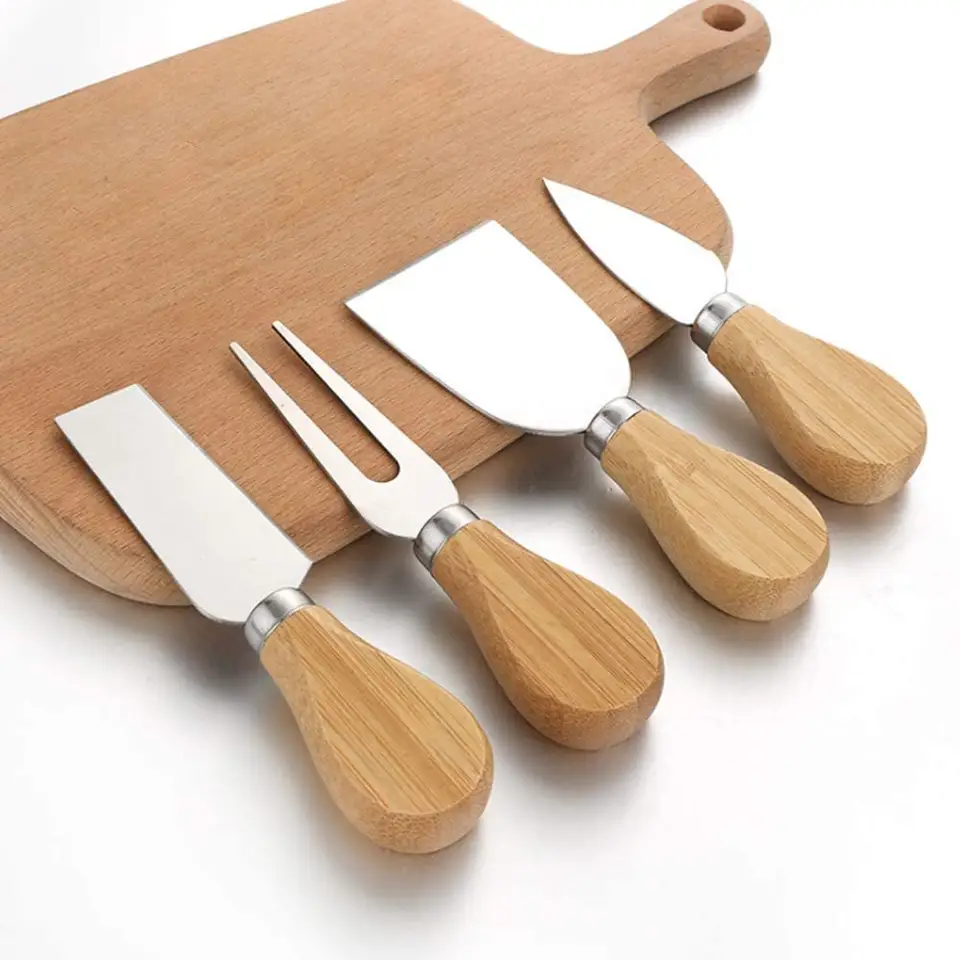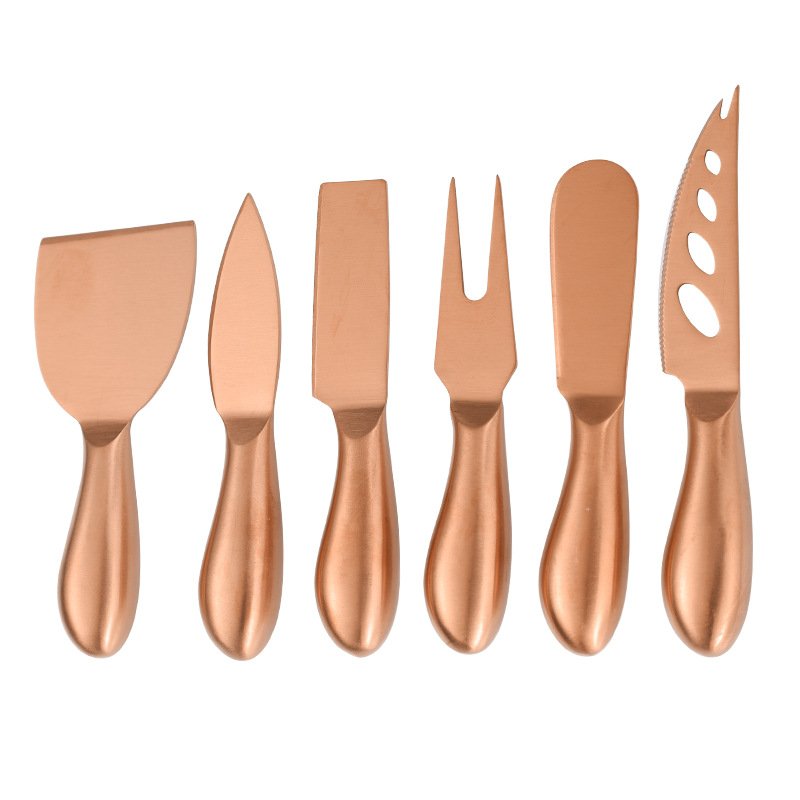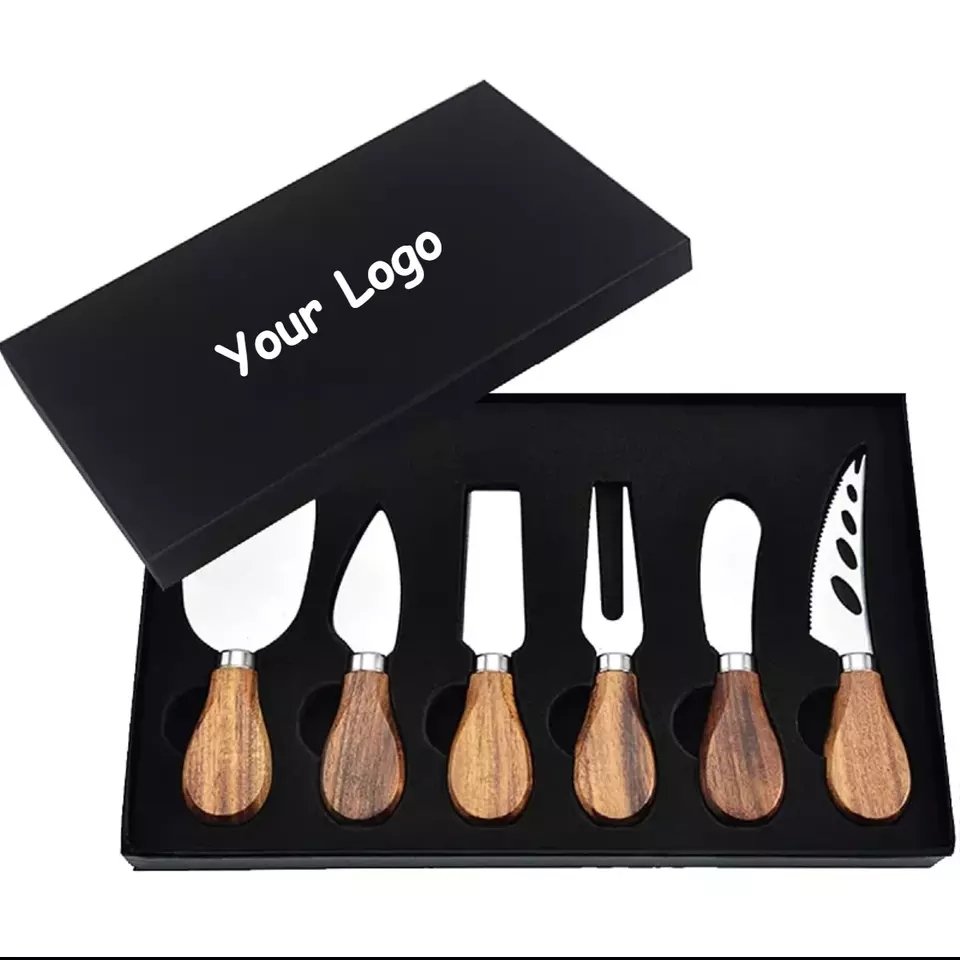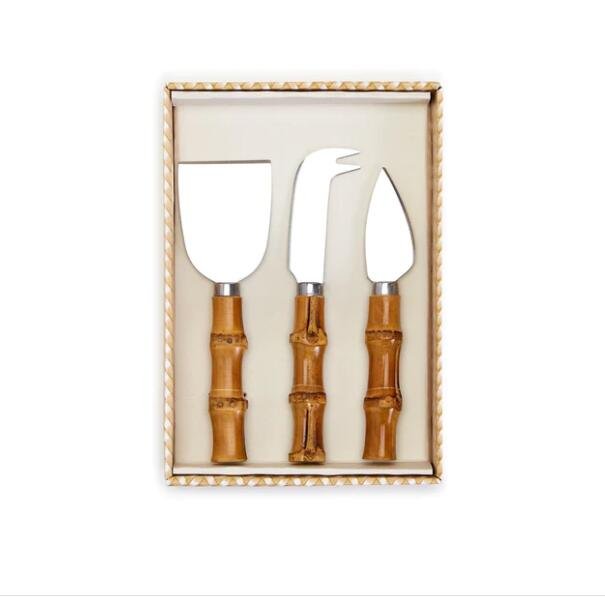Discover what separates excellent stainless steel outdoor cutlery from the rest — and how to spot it.
High-quality stainless steel outdoor cutlery combines durability, corrosion resistance, weight balance, and food-grade certifications. These features ensure long-term performance and customer satisfaction.
If you’re a brand or distributor sourcing outdoor cutlery, knowing what defines quality will set your products apart. Let’s dive deep.
Table of Contents
What grades of stainless steel are best for outdoor cutlery?
Durability is non-negotiable for outdoor products. But how do you know if a certain stainless steel grade is really built to last?
304 and 316 stainless steel are the most suitable for outdoor cutlery. They resist rust, hold shape, and are safe for food contact.

Let’s compare the most common stainless steel grades used in outdoor cutlery:
| Grade | Composition | Corrosion Resistance | Strength | Common Use Cases |
|---|---|---|---|---|
| 201 | Low nickel, high manganese | Low | Medium | Budget cutlery |
| 304 | 18% chromium, 8% nickel | High | High | Household & outdoor use |
| 316 | 16% chromium, 10% nickel, 2% molybdenum | Very High | Very High | Marine & premium outdoor cutlery |
Although 316 is the most corrosion-resistant, 304 offers an excellent balance of cost and performance for most outdoor applications. From my experience, brands that prioritize longevity and performance choose either 304 or 316.
However, some suppliers will try to pass off 201 as 304 to cut costs. You should always ask for a material certification report and, if needed, verify the composition through a third-party lab.
How can you test cutlery quality before mass purchase?
Even when specs look good on paper, how do you *really* know if the product performs well?
You can test cutlery quality by conducting salt spray tests, hardness tests, and surface finish inspections. Sampling is essential before mass production.
Here’s a breakdown of practical ways to evaluate stainless steel outdoor cutlery quality:
| Test Type | Purpose | Recommended Method | What to Watch Out For |
|---|---|---|---|
| Salt Spray Test | Simulate corrosion | ASTM B117 standard, 48 hours | Discoloration, rust spots |
| Hardness Test | Assess wear resistance | Rockwell or Vickers scale | Soft steel, poor durability |
| Surface Finish Check | Evaluate polish and uniformity | Visual and tactile inspection | Rough edges, uneven polishing |
Besides these tests, I always recommend field testing the cutlery under real outdoor conditions — heat, cold, moisture, and even sand. It’s amazing how many items look good but fail in the field.
How does surface finish affect quality perception?
Many buyers overlook surface finish. But it’s one of the first things customers see and feel.
Polished, smooth surfaces suggest premium quality and prevent rust or food residue buildup.
The finish is more than aesthetics — it plays a role in hygiene, corrosion resistance, and brand identity:
| Finish Type | Description | Pros | Cons | Use Case |
|---|---|---|---|---|
| Mirror | Highly polished | Elegant, rust-resistant | Fingerprints, scratches | Wedding or luxury cutlery |
| Satin | Soft matte look | Hides wear, modern look | Slightly harder to clean | Outdoor, hotel use |
| Bead-blasted | Matte, textured | Grip-enhancing, rugged | More prone to corrosion | Tactical, outdoor camping sets |
From my years of producing outdoor cutlery, I’ve found satin finish is the sweet spot — professional, resilient, and low-maintenance.
Why should certifications matter for outdoor cutlery?
Some buyers ignore certifications, assuming all suppliers follow safety standards. That’s risky.
Certifications like LFGB, FDA, and DGCCRF prove the cutlery is safe for food contact and meets international regulations.
Cutlery used outdoors is exposed to harsher conditions and prolonged food contact. Here’s why proper certification is crucial:
| Certification | Region | Requirement Type | Value to You |
|---|---|---|---|
| LFGB | Germany/EU | Food contact safety | Shows no harmful chemicals in materials |
| FDA | USA | Material safety | Mandatory for US markets |
| DGCCRF | France/EU | Safety & labeling | Legal compliance in French market |
As a manufacturer, I always recommend B2B clients to make certifications part of the contract. It protects both you and your end customers.

What is the best grade of stainless steel for outdoor cutlery?
Choosing the wrong grade of stainless steel can lead to rust, discoloration, or even unhappy customers returning your products.
The best stainless steel grades for outdoor cutlery are 18/10 and 18/8 due to their high corrosion resistance and long-lasting shine.
Understanding Stainless Steel Grades
Different grades offer different benefits. For outdoor environments, you want something that withstands moisture, salt, and varying temperatures. Here’s a breakdown:
Common Stainless Steel Grades Used in Outdoor Cutlery
| Grade | Composition | Corrosion Resistance | Shine Retention | Price |
|---|---|---|---|---|
| 18/10 | 18% Chromium, 10% Nickel | Excellent | Excellent | High |
| 18/8 | 18% Chromium, 8% Nickel | Very Good | Very Good | Moderate |
| 18/0 | 18% Chromium, 0% Nickel | Moderate | Low | Low |

Why 18/10 Wins in Harsh Conditions
Chromium forms a protective oxide layer that resists rust.
Nickel improves corrosion resistance and enhances the shine.
The higher the nickel content, the better the cutlery performs outdoors.
18/0 is often marketed as “nickel-free,” but for outdoor use, this can lead to faster deterioration. If you’re branding yourself as premium, steer clear of 18/0 for outdoor collections.
How does outdoor cutlery differ from household cutlery?
Most people assume cutlery is cutlery—but outdoor use demands more.
Outdoor cutlery is designed to be lightweight, durable, and resistant to extreme conditions like heat, moisture, and impact.
Key Differences Between Outdoor and Household Cutlery
| Feature | Outdoor Cutlery | Household Cutlery |
| Material | Reinforced stainless steel, plastic, or bamboo | Stainless steel (often heavier) |
| Weight | Lightweight for portability | Heavier for stability |
| Design | Foldable, stackable, or compact | Full-size utensils |
| Resistance | Rust, impact, and heat resistant | Standard kitchen conditions |
| Surface Finish | Matte or brushed (to hide scratches) | Polished or mirror finish |
Why These Differences Matter
When you’re selling to customers who enjoy camping, hiking, or traveling, these details affect their experience. A matte finish hides scratches better after rugged use. Lightweight structure reduces load during travel. These factors build brand loyalty and reduce returns.






